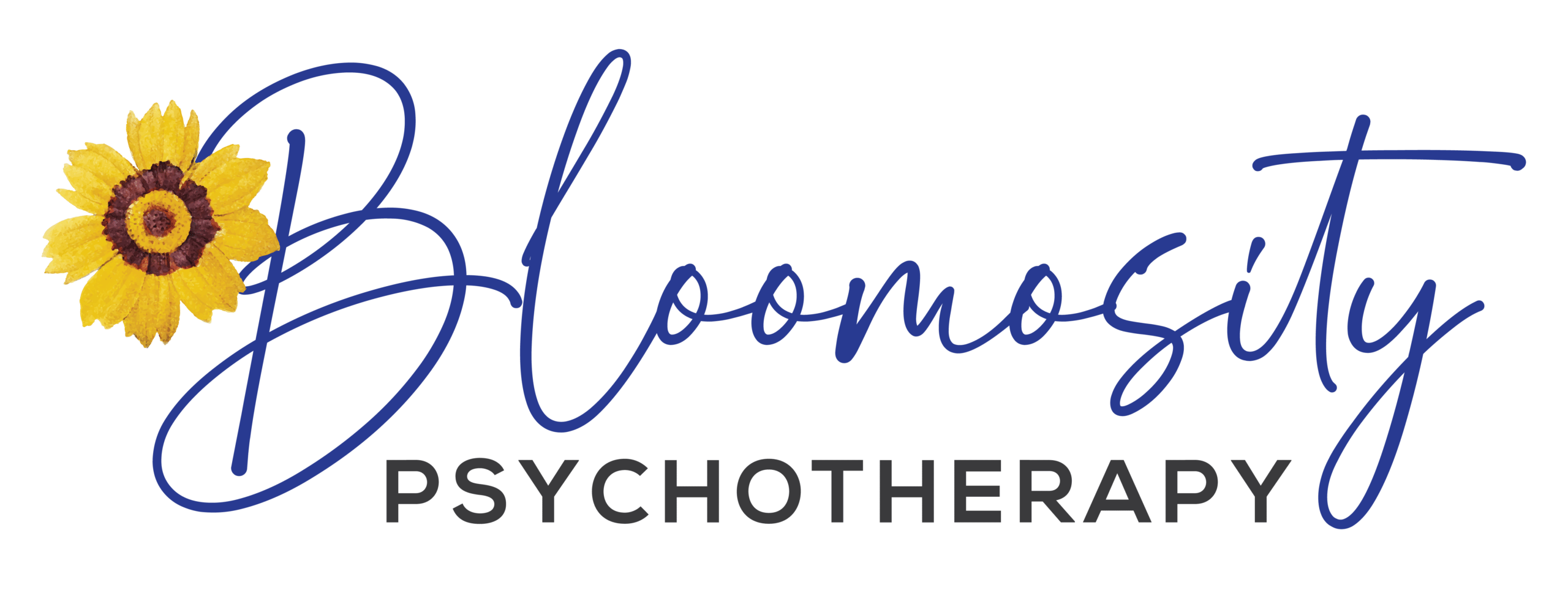Meditation is a technique used to relieve stress and rejuvenate the mind. Neuro-imaging research at Harvard University has measured the effect of meditation on brain activity, demonstrating that it helps to reduce activity in parts of the brain related to “emotional stability and response to stress”. Here is the basic method that I follow when leading meditation with my yoga students.
First, find a space that is free of distractions (e.g. turn the cell phone off!) Some people find it most beneficial to practice first thing in the morning, before their brains start buzzing with plans for the day. It’s also a time when others might still be asleep and not need your attention. Of course, anytime of the day is fine. It doesn’t matter if the lights are off or on, just find yourself a comfortable place to sit in. This could be a cushion on the floor or a chair. Typically, meditation is not done lying down (but it can be). Meditation is an active process and sitting up reduces your chances of falling asleep!
Now, close your eyes and place your palms on your knees. Sit up straight and lengthen your spine. Soften your shoulders and see if you can let them lower down your back. Open your collar bone by pressing shoulders back. Keep chin parallel with the ground so the crown of the head can lift up straight. Don’t worry. This is going to be good.
Breathe in deeply through the nostrils and then allow the breath to exit through the nostrils on the exhale. Inhale deeply, exhale fully. Continue breathing in and out through the nose. Feel the fullness of your breath by allowing your abdomen to expand as you inhale. Feel softening in the lower ribs as you exhale. Feel the spine lengthen and ribs expand with your inhale. Feel the spine release and shoulder round as you exhale.
Keep your focus on your breath. If your mind starts to wander (it will!) just notice that this is happening and then bring your attention back to your breath. Keep noticing your breath. Inhale and exhale…notice the pauses at the end of each inhale and the end of each exhale.
Steady the mind and keep it focused on your breath. Try lengthening your inhales and exhales, perhaps inhaling deeply to the count of five and then exhaling fully to the count of five. Keep going!
You may feel like you can’t do this but don’t worry, you can! Keep with it. You might start off with this exercise only for 5 minutes and work your way up to 45 minutes. Don’t worry. Just stay with it. Over time, you should begin to appreciate the benefits.
[fusion_button link=”https://www.youtube.com/watch?v=z-B6pkk-L2Q” text_transform=”” title=”” target=”_self” link_attributes=”” alignment_medium=”” alignment_small=”” alignment=”” modal=”” hide_on_mobile=”small-visibility,medium-visibility,large-visibility” sticky_display=”normal,sticky” class=”” id=”” color=”default” button_gradient_top_color=”” button_gradient_bottom_color=”” button_gradient_top_color_hover=”” button_gradient_bottom_color_hover=”” accent_color=”” accent_hover_color=”” type=”” bevel_color=”” border_width=”” border_radius=”” border_color=”” border_hover_color=”” size=”” stretch=”default” margin_top=”” margin_right=”” margin_bottom=”” margin_left=”” icon=”” icon_position=”left” icon_divider=”no” animation_type=”” animation_direction=”left” animation_speed=”0.3″ animation_offset=””]15 Minute Mindfulness Meditation[/fusion_button]
